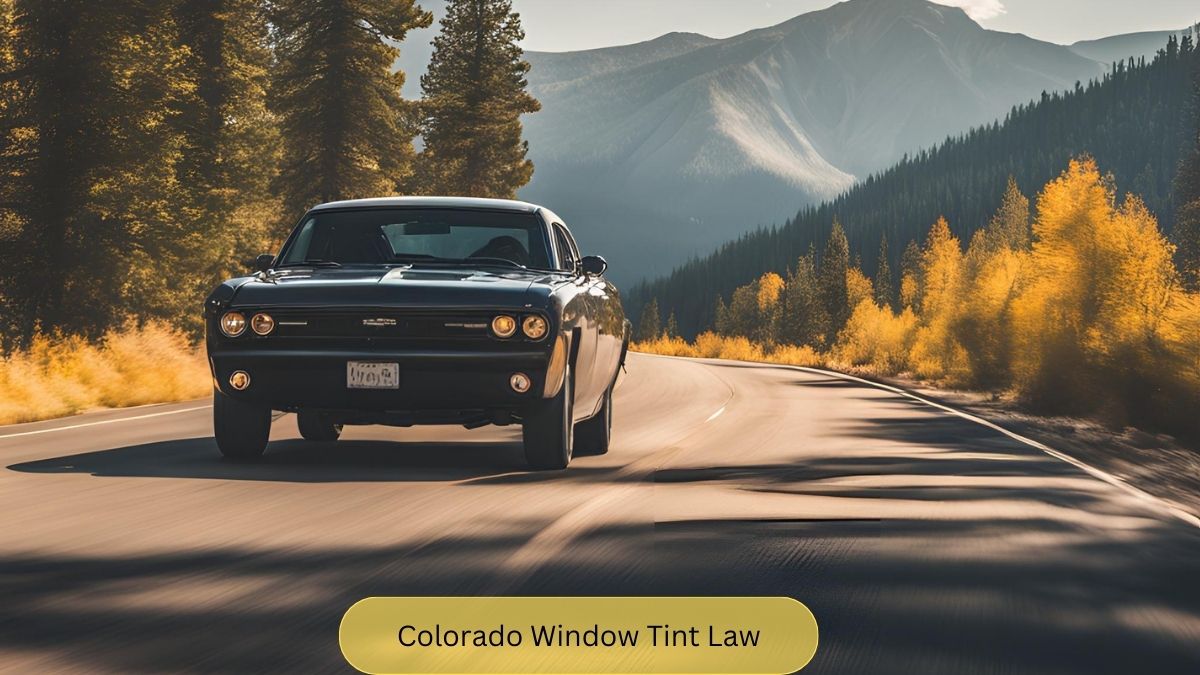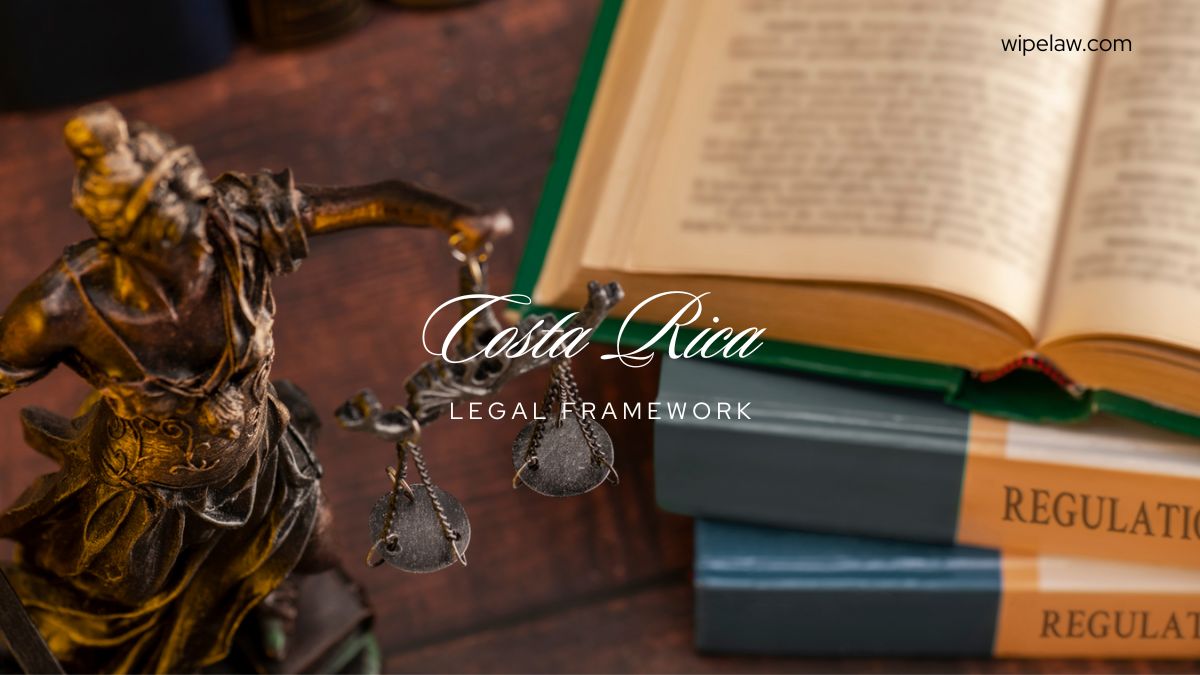Table of Contents
Discover everything there is to know about Colorado window tint laws, including the maximum allowable darkness and reflectivity for car windows, the penalties for breaking the rules, and advice on how to do it. Make sure your car complies with state laws to avoid paying costly fines.
Introduction
Driving with tinted windows can be stylish. It doesn’t just make your car seem good; it also has valuable features like glare reduction and temperature maintenance. It’s essential to be aware of Colorado’s window tinting laws before going all out with the darkest shade you can find. Heavy penalties and other consequences may result from breaking these laws. Now, let’s explore all the information you require regarding the Colorado Window Tint Law.
What is Window Tinting
During window tinting, a thin laminate film is applied to a car’s glass to make it darker. This film is available in various colors and reflectivity levels and is manufactured from several materials. People tint their windows for multiple reasons, including privacy, glare reduction from the sun, and UV protection for the car’s interior.
Why Colorado Window Tint Laws Exist
Why there are Colorado Window Tint Laws governing how dark you can tint your windows may be a source of confusion. These rules are in place for several crucial reasons:
Safety Concerns
Overly dark hues can make it harder to see, especially in bad weather or at night, which can lead to accidents.
Law Enforcement Visibility
During traffic stops, police officers must be able to look inside vehicles to protect themselves and determine any possible threats.
Health Reasons
Specific tints can block UV radiation, which is advantageous for people with specific medical issues.
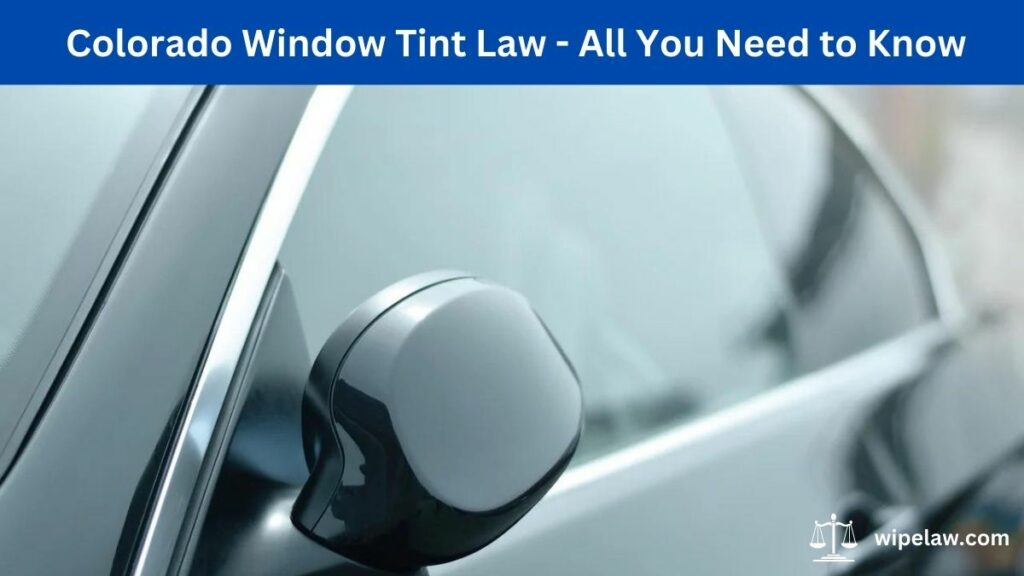
Overview of Colorado Window Tint Law
Colorado window tint laws are made to strike a compromise between the advantages of window tinting and the requirement for safety and visibility for law enforcement. The key points are as follows:
- The amount of light transmission allowed via the various windows in your car is specified by legislation.
- There are rules specific to reflective tints.
- Medical exemptions are allowed if specific requirements are satisfied.
Tint Darkness for Passenger Vehicles
Front Side Windows
In Colorado, the front windows must let in more light than 27 percent. This implies that the maximum percentage of light that your tint may block is 73%.
Back Side Windows
The back-side windows offer more flexibility. They can be adjusted to any degree of darkness, which is fantastic if you want to give your passengers more privacy.
Rear Window
Like the windows on the backside, the rear window can be any shade of darkness. It satisfies legal requirements while permitting increased customization.
Tint Darkness for Multi-purpose Vehicles
Front Side Windows
Additionally, the front side windows of multipurpose vehicles must let in more light than 27 percent. The same regulations apply to passenger cars.
Back Side Windows
You have additional flexibility with the back side windows, which can be any degree of darkness.
Rear Window
The rear window can also be any darkness, giving you flexibility in tint choices.
Reflective Tint Rules
Reflective tints can reflect light and create a glossy, mirror-like look. Colorado Window Tint Law apply to them.
Definition of Reflective Tint
The reflective tint is intended to lower heat by reflecting light away from the car. However, it may also make it more challenging for outsiders to see inside your vehicle.
Rules for Passenger Vehicles
The reflectivity of reflective tints is limited. The reflectiveness of the front side windows cannot be greater than 35%.
Rules for Multi-purpose Vehicles
The same restriction applies here: the front side windows’ reflectiveness cannot be higher than 35%.
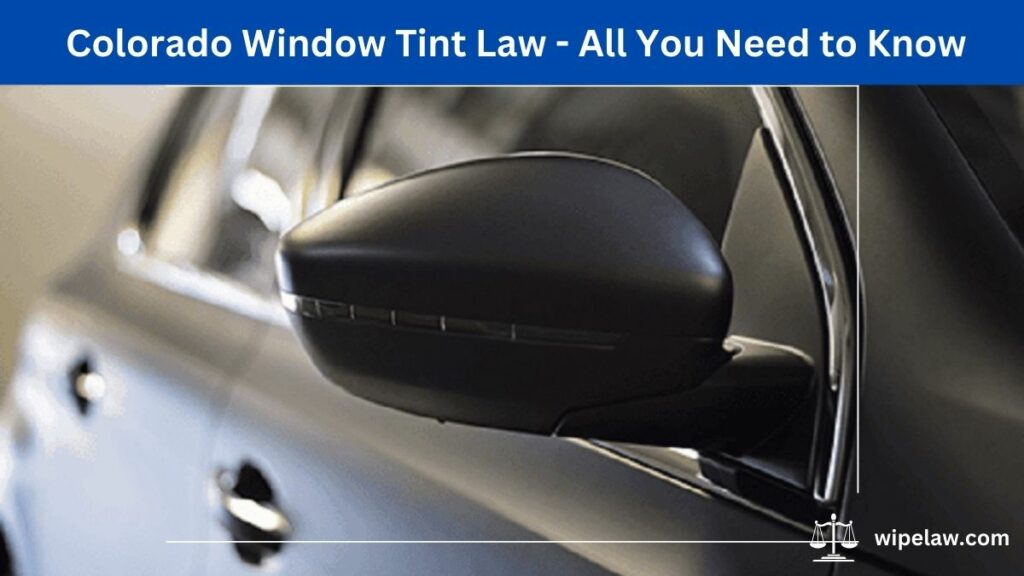
Medical Exemptions
Some individuals might need darker tints for medical reasons, such as those with conditions that make them sensitive to sunlight.
Conditions for Exemptions
To be eligible for a medical exemption, you must have a medical statement from your physician stating that your illness requires darker hues.
How to Apply for an Exemption
Send your application for a medical exemption to the Colorado Department of Revenue with the doctor’s note. You can lawfully use deeper shades than are typically permitted once approved.
Penalties for Non-Compliance
There are many consequences for breaking Colorado window tint laws.
Fines
You may be subject to fines if your window tint is excessively reflective or dark. The amount may change depending on the severity of the offense.
Other Potential Penalties
You may be obliged to pay fines in addition to having the illegal tint removed from your vehicle and provide documentation proving it is now in compliance with the law.
Tips for Choosing Legal Window Tint
Selecting the right window tint that complies with Colorado laws is essential to avoid penalties.
How to Measure Tint Darkness
The percentage of visible light transmission (VLT) calculates tint darkness. The tint gets darker as the VLT percentage decreases.
Certified Tint Shops
Be sure the tint business you choose is reliable, knowledgeable about the laws in your area, and able to offer you a certificate of conformity.
How to Maintain Your Tinted Windows
Maintaining your tinted windows is essential to their longevity and legality.
Cleaning Tips
Use a soft cloth and a mild cleaner to clean your tinted windows. Avoid anything rough that could scratch the film.
Avoiding Damage
To prevent damaging or peeling the tint film, take care when loading and unloading objects from your vehicle.
Recent Changes to the Law
It’s crucial to be informed about any changes to the laws about window tint.
Overview of Recent Updates
Recent changes might include adjustments to allowable tint levels or additional regulations for reflective tints.
Impact on Vehicle Owners
These upgrades can affect your vehicle’s compliance with state laws and your tinting choices.
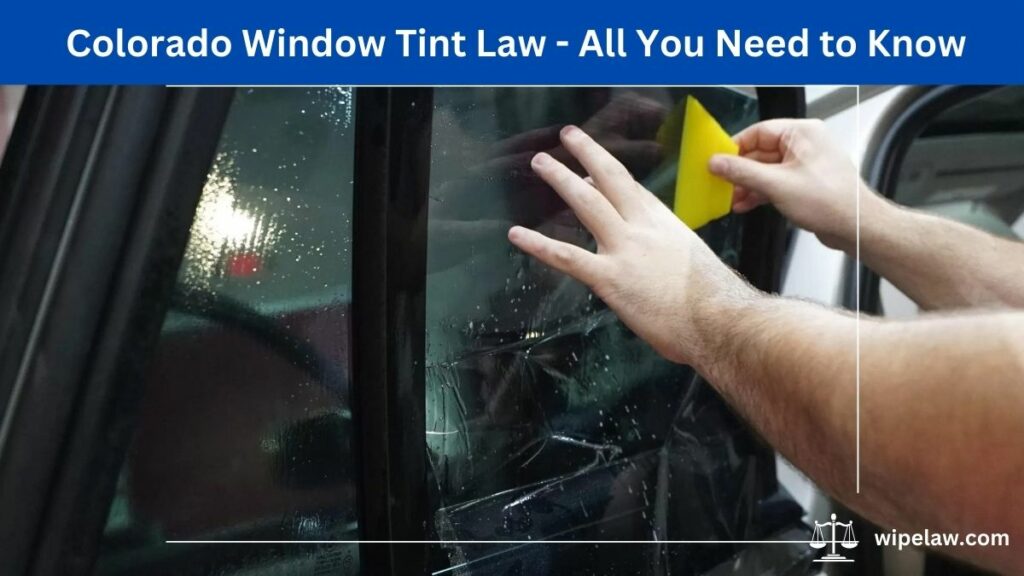
Benefits of Complying with the Law
Following the law has various other advantages besides keeping you out of trouble.
Safety Benefits
Compliant tints ensure you have the best visibility while driving, reducing the risk of accidents.
Legal Peace of Mind
Knowing your tint is legal gives you peace of mind and saves you from potential fines and penalties.
Conclusion
All vehicle owners must understand and comply with Colorado window tint laws. Whether you’re tinting for style, privacy, or protection, staying within legal limits ensures you enjoy the benefits without facing penalties. Consult with professional tinting services and stay updated on any law changes to keep your ride looking great and legal.
FAQs About Colorado Window Tint Law
Can I have different tints on different windows?
Yes, the Colorado Window Tint Law permits varying degrees of tinting on the front and rear windows, with the back and side windows receiving more latitude.
Are there any exceptions for law enforcement vehicles?
Laws governing law enforcement and emergency vehicles may permit deeper colors in particular situations.
If I receive a ticket for unlawful tinting, what should I do?
If you get a citation, you’ll have to make the tint correction to comply with the law and submit documentation of your compliance.
Can I apply the tint myself?
Even though you can apply tint yourself, it is advisable to engage a professional service to ensure that you are following the law.
Is a certificate of compliance required?
If the legality of your tint is questioned, having a certificate of compliance from an approved tint company can be helpful.

